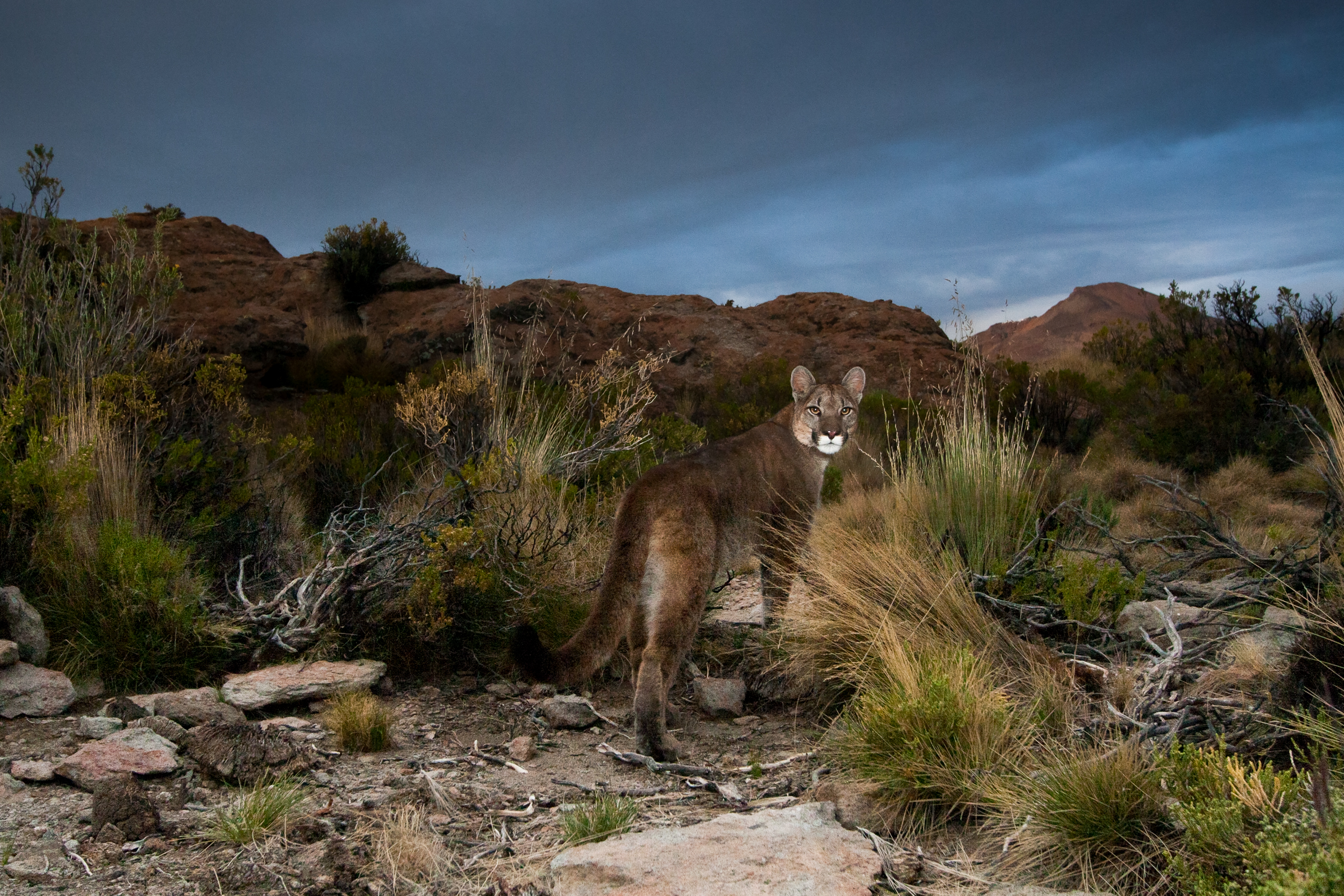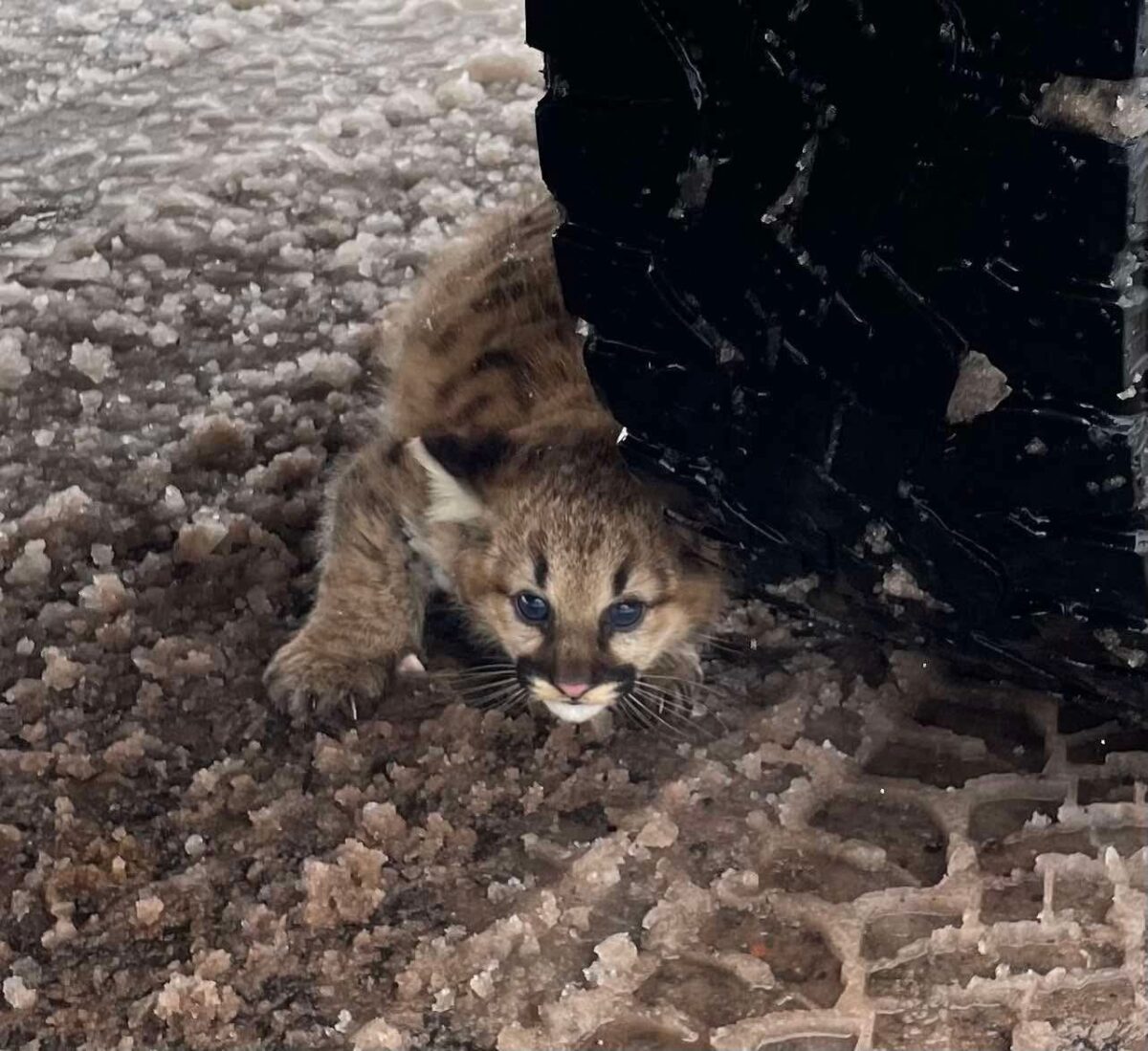 Judge Blocks California Development That Threatens Santa Ana Mountain Lions
Judge Blocks California Development That Threatens Santa Ana Mountain Lions
TEMECULA, Calif. – In a victory over a development that could doom local mountain lions, a judge issued a scathing ruling against the proposed 270-acre Altair development in Western Riverside County in California.Judge Daniel Ottolia found that the development’s environmental review failed to properly account for impacts to imperiled Santa Ana mountain lions. The ruling also found that the development was not consistent with Temecula’s general plan or a regional habitat conservation plan.
“The ruling affirms concerns raised by scientists and conservation groups that the Altair development could be a death knell for local mountain lions,” said J.P. Rose, an attorney at the Center for Biological Diversity. “The judge threw a lifeline to these highly imperiled cats, who need all the help they can get. Now the city and developer have to go back to the drawing board and rethink this damaging project.”
Part of the development sits on the 55-acre “South Parcel” – one of the only passages left for wildlife to move between coastal and inland mountains. The court also ruled against the development on a host of other issues, including that the environmental review incorrectly downplayed impacts on the imperiled western pond turtle and San Diego ambrosia.
“With wildlife connectivity so restricted in southwest Riverside County, this ruling is a positive step for mountain lions and many other species that need this corridor to survive,” said Pam Nelson of the Sierra Club’s Santa Margarita Group.
The ruling comes just days before the state fish and game commission’s April 16 vote on whether to grant the Santa Ana mountain lions and five other cougar populations initial protections under the state’s endangered species act. The Center and Mountain Lion Foundation petitioned the state to protect these populations in June 2019, and state wildlife officials recommended in February that the petition move forward.
“We are grateful that this ruling came in time to protect one of the few remaining wildlife corridors in the region,” said Debra Chase, CEO of the Foundation.
Some Southern California lion populations could disappear in little more than a decade, according to a March 2019 study. Researchers with the National Park Service, UC Davis and UCLA warn that if enough inbreeding occurs, the Santa Ana population could go extinct within 12 years and the Santa Monica population within 15.
“We’re very pleased that the court recognized the importance of the corridor to the survival of the Santa Ana mountain lions,” said Vicki Long, of Cougar Connection. “We look forward to working on improving the functionality of the corridor so these big cats have a fighting chance.”
The lawsuit was filed in January 2018 by the Center for Biological Diversity, which represents the other conservation groups.
The Center for Biological Diversity is a national, nonprofit conservation organization with more than 1.7 million members and online activists dedicated to the protection of endangered species and wild places.
The Sierra Club is America’s largest and most influential grassroots environmental organization, with more than 2.4 million members and supporters nationwide. In addition to creating opportunities for people of all ages, levels and locations to have meaningful outdoor experiences, the Sierra Club works to safeguard the health of our communities, protect wildlife, and preserve our remaining wild places through grassroots activism, public education, lobbying, and litigation.
The Mountain Lion Foundation is a national, nonprofit organization founded in 1986. For more than 30 years, the foundation has worked with member volunteers and partner organizations to further policies that protect mountain lions and their habitat. For more information, visit mountainlion.org.
Cougar Connection is a nonprofit, public interest organization that is dedicated to the preservation of Puma concolor, Cougar populations, open space, wildlife connectivity, and public education.



 Facebook
Facebook Twitter
Twitter Send Email
Send Email


